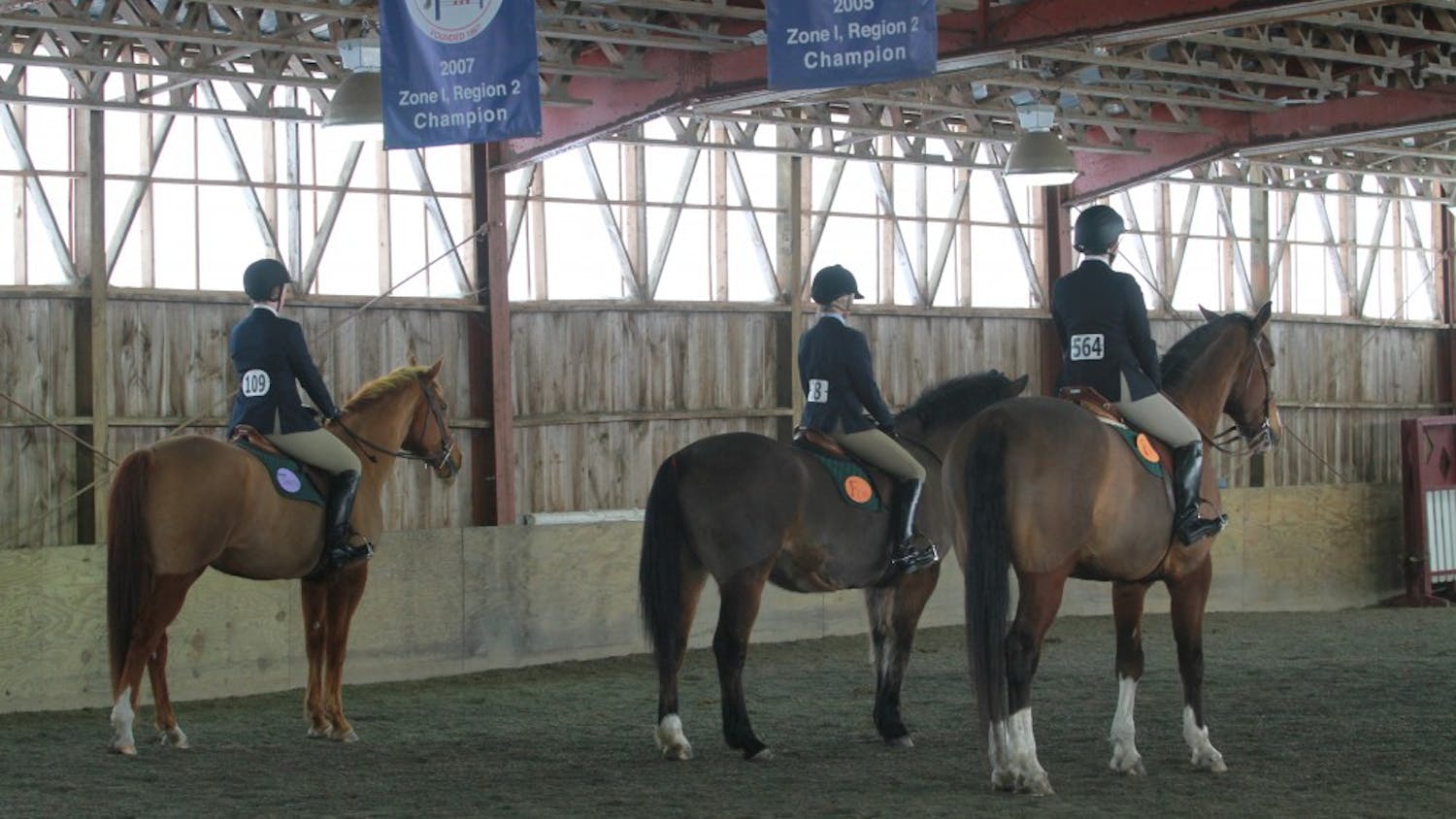Almost every weekend at Dartmouth, you can find me scrambling up mountains, skiing through the woods, or running and biking along quiet roads lined with pine and birch forests. Yet I have only recently begun to declare myself an “outdoorswoman,” despite having fallen head-over-heels for the out-of-doors almost immediately after joining the Dartmouth Outing Club at the end of my freshman fall. At first, my deniability was somewhat plausible — I was simply an amateur trying out a new novelty. As time wore on, though, I was forced to admit that my hours spent in the forests and on the mountaintops of the Whites were more than just a passing whim. I loved the mountains and felt most in touch with myself and those around me when outside.
At the same time, I struggled to classify myself as an “outdoorswoman” because my identity as a solidly built, biracial, bruised-and-blistered female did not align with the images of poster-beautiful, rail-thin blonde beauties who graced the Instagram and Facebook pages sponsored by outdoor gear companies and fitness gurus that popped up each time I opened my laptop. I didn’t see myself in their perfectly made-up faces, and as such, could not consider myself an outdoorswoman without feeling like an imposter.
The disconnect between my experiences in the wilderness and the struggle to claim the identity of an outdoorswoman as my own is a symptom of a larger issue that has plagued advertising and social media representations of female engagement with the outdoors. Namely, mainstream portrayals of outdoorswomen undermine the authentic reality of women’s engagement with the outdoors. Women’s participation in the outdoors is represented by beautifully edited images of women posing sensually amidst stunning vistas with immaculate clothing and makeup. Not only do these unrealistic representations perpetuate stereotypes about what women’s participation in the outdoors entails, but they prevent many women who do not fit the corporate model of female engagement with the outdoors from claiming the identity of an outdoorswoman as their own.
The problematic nature of how women are represented in wilderness advertising and social media has roots in a long history of discrimination against women in the outdoors. The age-old narrative that casts women as inherently incompetent and inferior also classifies them as anomalies by virtue of their very participation in outdoor recreation. Advertising and social media in particular have extended this history by depicting women in passive, limited roles that stand in direct opposition to active, autonomous outdoorsmen. These portrayals perpetuate traditional gender stereotypes that are often exacerbated in the outdoors. Lack of diversity in body type, race and culture in mainstream social media and advertising also contribute to the continued exclusion of certain individuals from outdoor spaces. It crafts a narrative that implicitly declares who belongs in the outdoors and who does not.
These distinctly gendered and uniformly typified representations of engagement with nature undermine women’s authority in wilderness and pose a significant barrier to their overall engagement in outdoors recreation. However, the implications of categorically relegating women to particular modes of engagement with the outdoors extend far beyond the marginalization of certain individuals in the outdoors. By solely disseminating images that represent only a small fraction of women who participate in outdoor recreation, individuals and corporations alike perpetuate harmful stereotypes about the idealized woman that extend beyond wilderness spaces and into mainstream consciousness.
The discrepancy between mainstream portrayals and the lived experiences of many outdoorswomen underscores the necessity for more true-to-life depictions of women in wilderness advertising and on social media. For it is only by changing the way we see women in wilderness that we may begin to truly create a more inclusive outdoors community — one in which skills, rather than gender, speaks to one’s competence. Admittedly, mainstream advertisements geared towards consumer demand are frequently limited by consumer expectation, making it difficult to generate radical change without potential loss of profit. However, individual action can be the first step towards the large-scale cultural change that is necessary in order to create more holistic representations of women outdoors.
To this end, outdoorswomen around the world should begin to reclaim social media platforms as ways to reinforce their own narratives of strength, challenge and engagement with the natural world. We can encourage outdoorswomen to portray themselves in active and powerful ways, challenging the assumption that their place is not in the wilderness. While change is still necessary on an institutional level, it is necessary for outdoorswomen everywhere to reclaim their portrayals one Instagram and Facebook post at a time.


